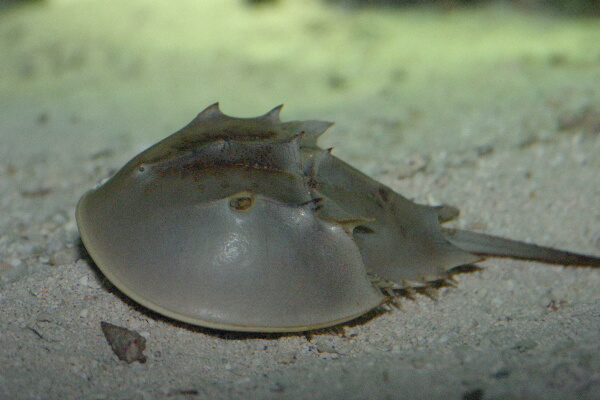
beebeefl
-
Posts
428 -
Joined
-
Last visited
Content Type
Profiles
Forums
Gallery
Posts posted by beebeefl
-
-
hurry? before they disappear
-
eat your algae away and nice
clearing some nice ALGAE AND DIATOME EATING abalone (REEF SAFE)refer to pic
each letting go at $10 fixed
kindly contact 9688-1063 to reserve FCFS
-
clearing some nice ALGAE AND DIATOME EATING abalone (REEF SAFE)
refer to pic
each letting go at $10 fixed
kindly contact 9688-1063 to reserve FCFS
-
this bro here likes to assume things like howmuch you buy
where you buy from
how much you sell
i dun like the price u sell.
well we dun know each other, but bcos he is too judgemental,
i have bcome the bad person.
i am just selling things i own.
anyway search yr own thread bro weesy , u have been selling things that you own too even non marine stuff etc.
and u know what I DUN LIKE YOUR STYLE TOO
WELL I DO NOT HAVE the luxury of free time like you bro weesy (educated guy) until he can post his and my sms here,
bcos i need to work on weekends to bring food to the table and have better things to do altogether.cheers. well this small tiff
has reminded me that we are still human.
GOD BLESS YOU AND i FORGIVE U.
-
Cuz we dun like your style.
WELL DESPITE YOUR COMMENTS AND DISLKES
TANK SOLD
MOD PLEASE CLOSE THREAD.
ANY POSTING BEYOND HERE IS DEEM AS FOOLISH AND CHILDISH MINDSET
-
weesy74
if you are not happy come out and talk
TROUBLEMAKER
-
typical...
-
hey guys
why all of you like to Compromise other people's sale
-
is indeed a very nice tank.
with some modification ... this tank looks like semi high tech gadget
-
selling $100 nett
interested pls contact 96881063
thks
-
collection Toa Payoh Interchange
contact me 96881063 to reserve
Food:
Abalone eat marine algae. The adults feed on loose pieces drifting with the surge or current. Large brown algae such as giant kelp, bull kelp, feather boa kelp and elk kelp are preferred, although most others may be eaten at various times. Abalone tend to stay in one location waiting for food to drift by. However, they will move daily, seasonally or when food becomes scarce for a long period. The color banding on many abalone shells is due to changes in the types of algae eaten. Juvenile abalone graze on rock encrusting coralline algae and on diatom and bacterial films. As they grow they increasingly rely on drift algae.
Age and Growth:
Determining the age of an individual abalone is difficult. Unlike the hard parts of some animals, abalone shells have no marks or bands suitable for assigning age. However, juvenile abalone in aquariums grow an inch or more per year for the first two years. Tagging studies have provided estimates of age for larger abalone in the wild. Red abalone are mature at 1.5 to 2 inches when growth begins to slow with age. For instance, a seven inch red abalone may be 7-10 years old, while one only 3/4 of an inch longer may be 15 years or older.
-
collection Toa Payoh Interchange
contact me 96881063 to reserve
Food:
Abalone eat marine algae. The adults feed on loose pieces drifting with the surge or current. Large brown algae such as giant kelp, bull kelp, feather boa kelp and elk kelp are preferred, although most others may be eaten at various times. Abalone tend to stay in one location waiting for food to drift by. However, they will move daily, seasonally or when food becomes scarce for a long period. The color banding on many abalone shells is due to changes in the types of algae eaten. Juvenile abalone graze on rock encrusting coralline algae and on diatom and bacterial films. As they grow they increasingly rely on drift algae.
Age and Growth:
Determining the age of an individual abalone is difficult. Unlike the hard parts of some animals, abalone shells have no marks or bands suitable for assigning age. However, juvenile abalone in aquariums grow an inch or more per year for the first two years. Tagging studies have provided estimates of age for larger abalone in the wild. Red abalone are mature at 1.5 to 2 inches when growth begins to slow with age. For instance, a seven inch red abalone may be 7-10 years old, while one only 3/4 of an inch longer may be 15 years or older.
-
selling $100 nett
interested pls contact 96881063
thks
-
He the man ....



Who is the proud new owner?
-
YOUR TANK IS ON THE FLOOR
M I SEEING THINGS CORRECTLY
LOL
-
TOO GOOD TO BE TRUE DEAL
BUT WHY?
whoa
the best deal i have seen so far man
Bro your hp must be ringing like crazy now
cheers
-
no brand ?
but German made
-
-
upz..
by the way how yr new pet bro datenshi
-
upz..
thanks for all who supported my sale
-
-
-
-
letting go a baby horse shoe crab at $10
about clinch fist size
you can place him in your sump or refugium like what i did and he will eat whats ever in your sump ya
must collect today FCFS
to deal pls sms or call 96881063
thx

anyone upz

abalone for sale
in Sell off/Pasar Malam Shop
Posted
Bro u dun anyhow accuse me ok
i got it from friends too